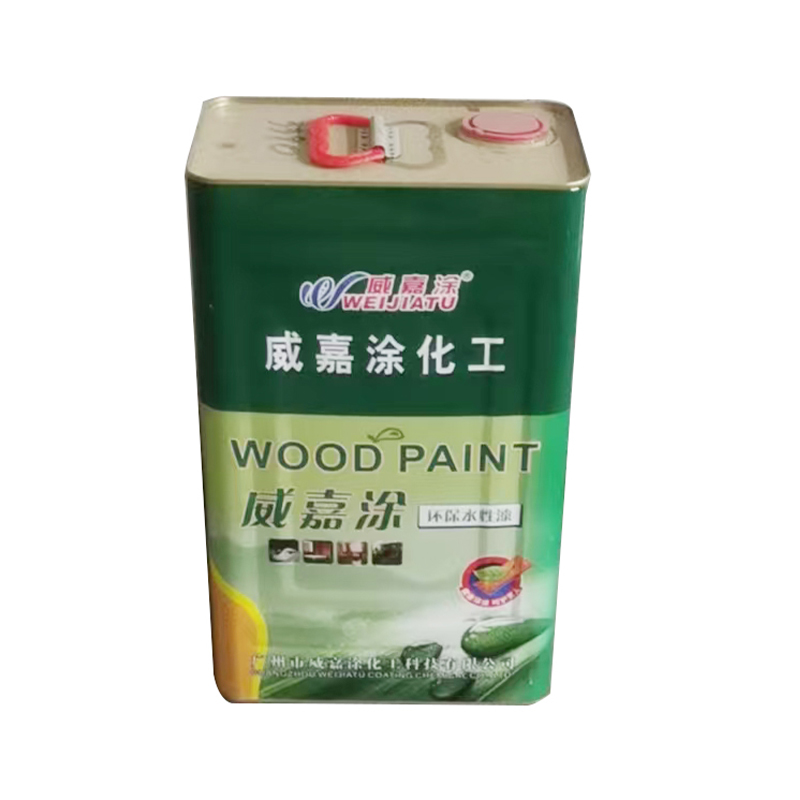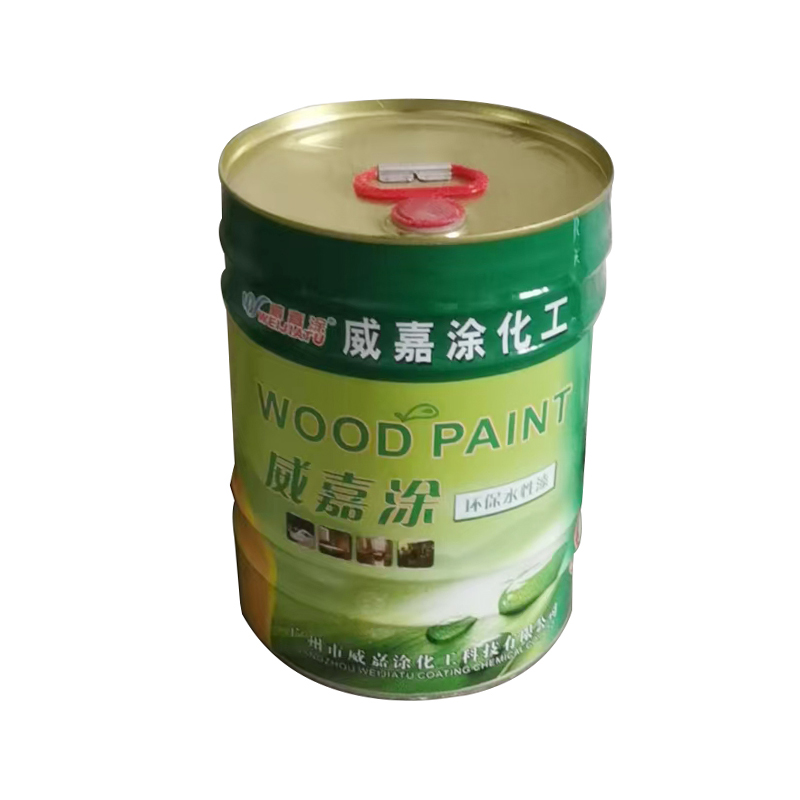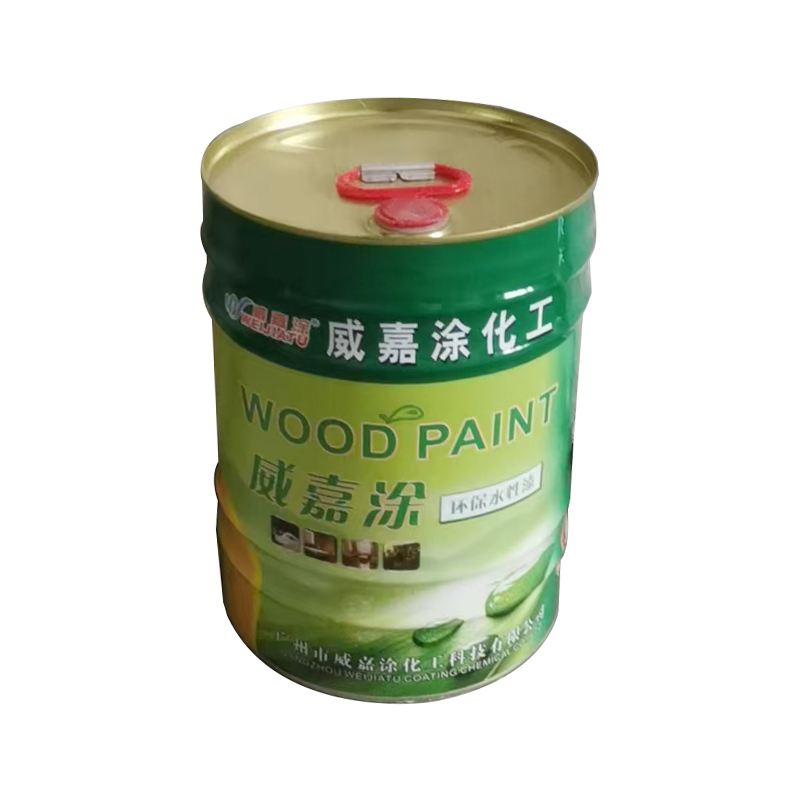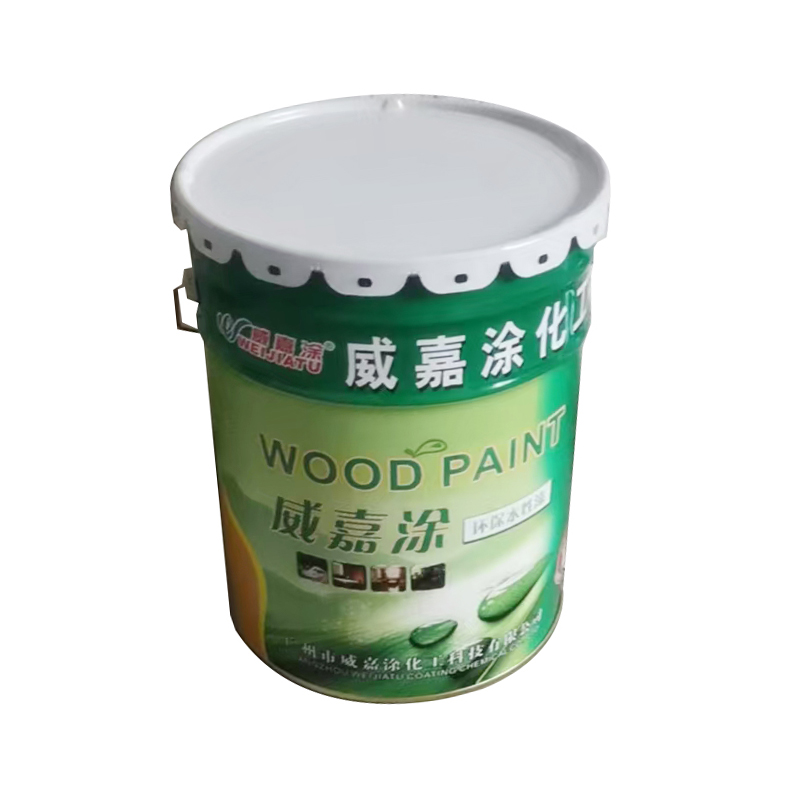How does PU matte curing agent help achieve a more uniform matte effect?
Release Time : 2025-05-12
PU matte curing agent plays a vital role in coatings and coating systems, especially in applications that pursue matte effects. It not only provides excellent durability and protection, but also ensures that the coating surface presents a uniform matte texture.
1. Fine formula design
The core of PU matte curing agent lies in its formula design. In order to achieve the ideal matte effect, manufacturers usually add specific matting agents or fillers to the formula, which can effectively scatter light and reduce reflection to form a matte surface.
Choose the right matting agent: Commonly used matting agents include fine particles such as silica and wax powder. These materials have different refractive indices and particle size distributions. By precisely controlling their proportions and dispersion, the gloss of the final coating can be adjusted.
Optimize the dispersion process: A good dispersion process is the key to ensuring uniform distribution of the matting agent. Advanced dispersion technologies such as high-speed shear mixing and ultrasonic treatment can ensure that the matting agent is evenly distributed throughout the system to avoid local over-brightness or over-darkness.
2. Stable chemical reaction process
The chemical reaction process between PU matte curing agent and resin matrix has a direct impact on the matte effect. By adjusting the type and amount of curing agent, the crosslinking density and reaction speed can be controlled, which in turn affects the microstructure and optical properties of the coating.
Controllable crosslinking density: Appropriate crosslinking density helps to form a uniform network structure, prevents local unevenness caused by excessive crosslinking, and affects the consistency of the matte effect.
Slow and uniform curing process: Using a slow curing agent or a staged curing process can keep the coating smooth during the drying process, reduce the generation of bubbles and shrinkage holes, and ensure uniform matte effect.
3. Optimization of construction process
In addition to formula design and chemical reaction, construction process is also an important factor in determining the matte effect. The correct construction method can maximize the advantages of PU matte curing agent and avoid common construction defects.
Uniform coating: Use high-quality spraying equipment or roller brushes to ensure uniform coating thickness. Too thick or too thin a coating will affect the final matte effect, so the coating thickness needs to be adjusted according to specific application requirements.
Environmental condition control: During construction, constant temperature and humidity conditions should be maintained as much as possible to avoid uneven coating caused by changes in the external environment. For example, construction in a high humidity environment may cause bubbling on the coating surface, affecting the matte effect.
4. Post-processing and maintenance
Even after the construction is completed, post-processing and maintenance are equally important. Appropriate post-processing measures can help further improve the uniformity and durability of the matte effect.
Grinding and polishing: For some special applications, the coating can be lightly polished and polished after it is fully cured to remove minor surface defects and make the matte effect more delicate and smooth.
Regular cleaning and maintenance: Keep the coating surface clean to avoid dust and stains accumulation and extend the service life of the matte effect. Use a mild detergent and soft cloth for daily cleaning to prevent scratching the coating surface.
In summary, PU matte curing agent can effectively help achieve a more uniform and consistent matte effect through fine formula design, stable chemical reaction process, optimized construction process, and post-processing and maintenance. Whether in furniture manufacturing, automotive painting or architectural decoration, PU matte curing agent can provide users with beautiful and durable coating solutions.
1. Fine formula design
The core of PU matte curing agent lies in its formula design. In order to achieve the ideal matte effect, manufacturers usually add specific matting agents or fillers to the formula, which can effectively scatter light and reduce reflection to form a matte surface.
Choose the right matting agent: Commonly used matting agents include fine particles such as silica and wax powder. These materials have different refractive indices and particle size distributions. By precisely controlling their proportions and dispersion, the gloss of the final coating can be adjusted.
Optimize the dispersion process: A good dispersion process is the key to ensuring uniform distribution of the matting agent. Advanced dispersion technologies such as high-speed shear mixing and ultrasonic treatment can ensure that the matting agent is evenly distributed throughout the system to avoid local over-brightness or over-darkness.
2. Stable chemical reaction process
The chemical reaction process between PU matte curing agent and resin matrix has a direct impact on the matte effect. By adjusting the type and amount of curing agent, the crosslinking density and reaction speed can be controlled, which in turn affects the microstructure and optical properties of the coating.
Controllable crosslinking density: Appropriate crosslinking density helps to form a uniform network structure, prevents local unevenness caused by excessive crosslinking, and affects the consistency of the matte effect.
Slow and uniform curing process: Using a slow curing agent or a staged curing process can keep the coating smooth during the drying process, reduce the generation of bubbles and shrinkage holes, and ensure uniform matte effect.
3. Optimization of construction process
In addition to formula design and chemical reaction, construction process is also an important factor in determining the matte effect. The correct construction method can maximize the advantages of PU matte curing agent and avoid common construction defects.
Uniform coating: Use high-quality spraying equipment or roller brushes to ensure uniform coating thickness. Too thick or too thin a coating will affect the final matte effect, so the coating thickness needs to be adjusted according to specific application requirements.
Environmental condition control: During construction, constant temperature and humidity conditions should be maintained as much as possible to avoid uneven coating caused by changes in the external environment. For example, construction in a high humidity environment may cause bubbling on the coating surface, affecting the matte effect.
4. Post-processing and maintenance
Even after the construction is completed, post-processing and maintenance are equally important. Appropriate post-processing measures can help further improve the uniformity and durability of the matte effect.
Grinding and polishing: For some special applications, the coating can be lightly polished and polished after it is fully cured to remove minor surface defects and make the matte effect more delicate and smooth.
Regular cleaning and maintenance: Keep the coating surface clean to avoid dust and stains accumulation and extend the service life of the matte effect. Use a mild detergent and soft cloth for daily cleaning to prevent scratching the coating surface.
In summary, PU matte curing agent can effectively help achieve a more uniform and consistent matte effect through fine formula design, stable chemical reaction process, optimized construction process, and post-processing and maintenance. Whether in furniture manufacturing, automotive painting or architectural decoration, PU matte curing agent can provide users with beautiful and durable coating solutions.







